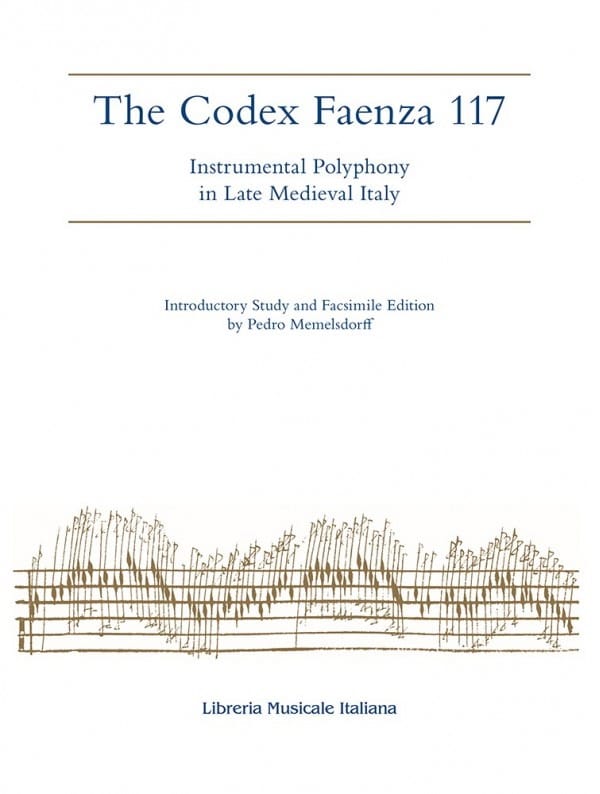 | The Codex Faenza 117
Pedro MEMELSDORFF
Livre en italien
Livre - ReliéLIM
 9788870967012 9788870967012
21.5?29.8, hard cover, full color. Vol. I, Introductory study, pp. 256; Vol. II, Facsimile edition, - 2013
| | 479.00 € | Habituellement expédié sous
2-3 jours | • 30 jours pour changer d'avis ! | • Avis clients | |   |
|
A small, unadorned parchment booklet, the manuscript 117 of the Biblioteca Comunale Manfrediana in Faenza encloses a stunning quantity and unique quality of information on 14th- and 15th-century Italian musical culture. The Codex is composed of two distinct and independent copying layers. The older one contains 50 non-texted intabulated diminutions generally assumed to be instrumental and dated within the first two decades of the 15th century. They comprise diminished versions of Italian and French songs by some of the major composers of the 14th and early 15th centuries, Jacopo da Bologna, Bartolino da Padova, Francesco Landini, Antonio Zacara da Teramo, Guillaume de Machaut, and Pierre des Molins, as well as polyphonic estampies and diminutions on dance-related and liturgical tenors, including the three earliest alternatim mass-pairs that have come down to us. The younger layer is an autograph by the Carmelite friar Johannes Bonadies, who in 1473 and 1474 used empty folios to add 16 music theory treatises, summaries or tables, and 22 mid- or late-fifteenth-century polyphonic settings, mostly composed by John Hothby, Bernardus Ycart, and Johannes de Erfordia, aside with some anonymous settings and a short Kyrie by Bonadies himself. Except for a direct copy made by Giovanni Battista Martini in 1753, six of the theoretical entries and as many as eighteen of the polyphonic compositions added by Bonadies are unique in Codex Faenza; and, perhaps more importantly, none of the fifty intabulations of the earlier layer survives in any other source.The modern rediscovery produced an extraordinary rich literature, focused mainly on the style and possible instrumentation of the repertoire and on the identification of its vocal models.The principal aim of the present study, therefore, is to supply the first full-colour photographic reproduction of Codex Faenza with a general reconsideration of its historiography, and with an in-depth codicological analysis of the source.
|



